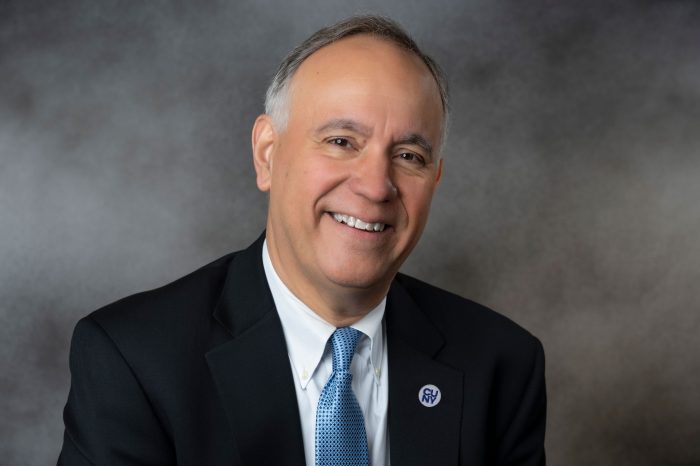By Clayton Banks
With the pandemic upending how the nation operates and forcing nearly all in-person exchanges online, the rest of the world is waking up to a reality that minority communities have long understood all too well – the digital divide is not color blind.
According to Pew Research Center, 17 percent of white Americans lack a personal computer, compared to 49 percent of Latinos and 40 percent of Blacks. What’s more, analysts at Deutsche Bank have found that due to structural and infrastructural inequities, minority communities are 10 years behind whites in levels of broadband access and connectivity.
As a result of this unprecedented public health crisis, we collectively understand that online access is not a privilege, but a right. Without reliable connectivity, entire communities are unable to participate in virtual learning or a telehealth appointment, work from home or obtain a wide array of information and services critical to success in the “new normal.”
Policymakers and elected officials are doubling down on efforts to close this digital divide, and that’s encouraging. But merely focusing on today’s technology crisis is setting these same underserved communities up to fail in the future. We must take steps now to ensure they are not left behind as the country moves to next generation connectivity.
Reports show that exponential growth of the digital economy is going to leave large groups of minorities with little or no access to jobs in the coming years. According to a bottom up societal study, 76 percent of Blacks and 62 percent of Latinos could get “shut out” or be underprepared for 86 percent of jobs in the U.S. by 2045.
So, how do we stop the next digital divide before it occurs?
The next stage in the evolution of digital access is statewide implementation of 5G, which will deliver the high-speed connectivity needed to strengthen New York’s economy and create a brighter future for millions of families, communities, and businesses.
In the coming years, 5G wireless internet stands poised to remake the online world, with its unprecedented speed and ability to connect 100 times the number of devices compared to the current 4G standard.
In fact, experts predict that 5G will revolutionize education for students, teachers and parents alike by dramatically improving communication, reducing download times and facilitating the use of new, state-of the-art technologies in all kinds of digital classrooms.
Wireless connectivity is particularly important for minority students. Research shows that roughly one-in-five Americans are “smartphone-only” internet users, which means they rely on their hand-held devices – not a traditional broadband connection – to get online. This is especially common among young people, communities of color and lower-income individuals.
A lack of reliable internet service is also the root cause of the “homework gap,” leaving school-age children unable to complete assignments outside of school due to an inability to get online. As a majority of students are not returning to in-person learning full-time this fall, and some schools already announcing a fully virtual curriculum, it’s more important than ever that we find a long-term solution to this problem.
Fortunately, New York does not have to start from scratch to address the current digital divide – and preempt the next one. Governor Andrew Cuomo has twice included in his executive budget proposals a streamlined small cell permitting process that would speed the necessary infrastructure investments to bring 5G to New York while also preserving a measure of local control in siting decisions.
The promises of 5G cannot be realized unless state lawmakers and local governments support this initiative and encourage the industry to deploy the technology necessary to make the network a reality.
With digital inequities placing a greater burden on already distressed communities, now is the time to invest in 5G and use technology as a vehicle for social change. It’s incumbent on New York’s leaders to ensure that low-income and minority communities are given the tools they need to succeed.
Clayton Banks is the co-founder of Silicon Harlem and member of NYers for 5G.


















